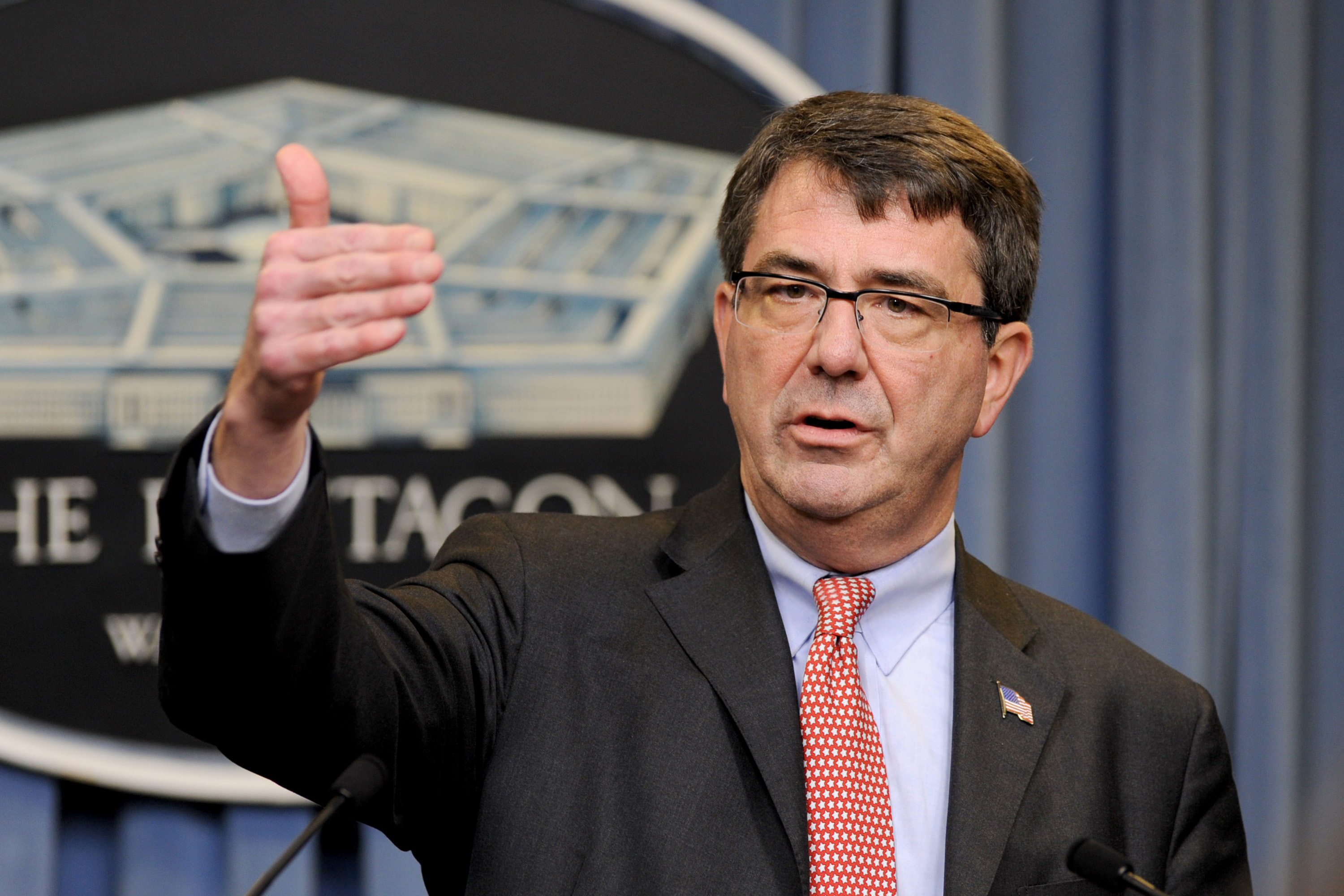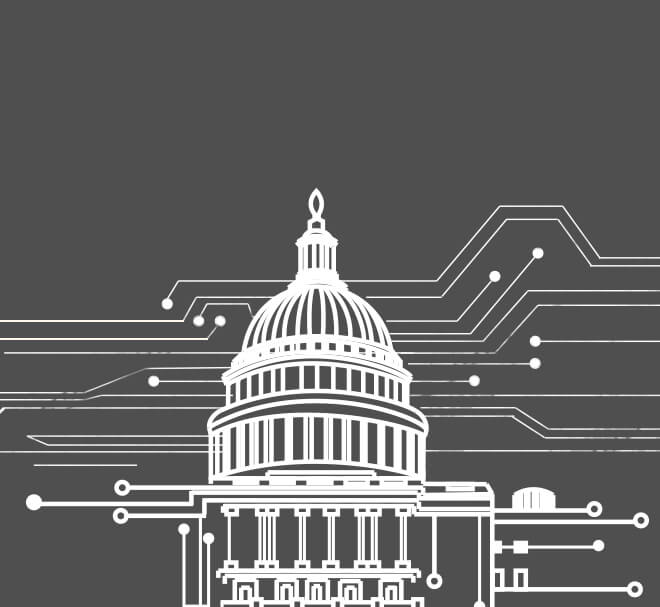We sat down with Ashton Carter — who served as the Deputy Secretary of Defense from October 2011 to December 2013 — to dig into his views on the U.S. government as a source of innovation; the hurdles companies big and small face when going after government as a customer; and what he would change about the process.
Besides his position in the Obama administration, Carter also served as Assistant Secretary of Defense for International Security Policy during the Clinton administration. When he is not serving in government, he has been a longtime professor at Harvard lecturing on science and international affairs.
a16z: Let’s start with a fundamental question — is the U.S. government a driver of innovation? Does it have a responsibility to be such a driver?
Carter: That was certainly my belief, and I think it is the duty of every senior technology manager in the government to drive innovation. Now, I had half the government. The Department of Defense’s budget is essentially half the federal government’s budget. And I had the belief that we had the responsibility not just to defense, but also to the country as a whole to be a driver of innovation.
a16z: Is your view consistent with others that have had your role?
Carter: Certainly within DOD. Driving innovation is something the defense department has done since W.W. II with satellite communications, GPS, the Internet itself, robotics and it continues today with security and encryption. There have been many [technological and innovation] contributions over the years that started with government.
a16z: So how does the satellite industry, or security benefit from government driving innovation? Initially at least, it’s the money you spend, right?
Carter: Yes, it comes with money, but the money comes in three ways. The first is we spend money and grants sponsoring research. That could be via DARPA (Defense Advanced Research Projects Agency), the service laboratories and so forth. The hope and the expectation is that the research will be of importance to defense, but frequently the research ends up being of much wider importance.
Second, and this is of importance to all startups, is to be an early adopter of things that are too expensive or too risky for commercial industry to adopt but where the government is willing to take the risk and pay the money and bring down the learning curve.
a16z: What is an example of that today?
Carter: I think we are doing that in security today, at least I certainly hope we are doing that. These are security technologies that are speculative; that are complicated; that are expensive; and that a commercial company might not want to take the plunge on. Defense will take that plunge because we have such serious inviolable security needs. So we are willing to pay a lot more than most companies to try these, with some possible exceptions like the financial industry, which also has a very cost inelastic demand in the area of security.
Here’s a sentiment and a prediction for you: I hate GPS. The idea that we are all hooked to a satellite — formerly bought by me to my great resentment — in a semi-synchronous orbit that that doesn’t work in certain circumstances, does not work indoors or in valleys in Afghanistan, is ridiculous. I think that 20 years from now we won’t be buying GPS satellites. Twenty years from now everything you have that is manufactured for you, including your phone, will have on the chip a clock, a gyro and an accelerometer. It’ll be set the moment it’s manufactured and henceforth it will forever know what time it is, where it is, what its spatial orientation is. And it will never need a satellite.
I can stop buying these satellites that we are constantly trying to improve to get the shipping rate down, and the accuracy better. We’ll get the effective radiated power of the transmitters up so it’s more jam and disruption resistant, and on and on and on. When that happens it will be another consequence of a kind of work that didn’t really have enough of a commercial oomph to it to make it fly. But when DOD does it for its own purposes it’s going to have lots of other applications.
a16z: So government drives innovation by spending money on research, and by spending money on technology that is too expensive for most commercial markets. What is the final way government money gets into the innovation marketplace?
Carter: By buying IT. The government, and the DOD in particular, are huge owners and operators of IT. You think about the weapons systems in the battlefields in Afghanistan and Iraq, but remember the Department of Defense is a $600 billion enterprise. Of that, I did a tally, and we spend about $38 billion a year on IT writ-large. There are 97,000 Defense Department employees who self-declare as IT people. We spend about $6 billion on security. Another $6 billion or so on R&D for cyber and IT. These are huge sums of money.
a16z: If you are a startup how do you approach this monster?
Carter: You do need a guide dog, I think, just because it’s a big place and there’s a lot going on. The thing that I think that is important for CEOs of startups to understand is you have to think of the Department of Defense as many customers. There is one single vision called the “Joint Information Environment,” that prescribes technology standards for everyone, but the reality is there are hundreds of networks that were procured, developed and used independently that date back decades.
a16z: What are some of those networks, or customers as you describe them?
Carter: About two-thirds of the money is spent by the armed services, Army, Navy, Marine Corps and Air Force, so as a startup CEO or innovator you need to know how to serve those customers. The other third of the money is spent by the so-called “field” agencies – like the NSA and DARPA – and places people may not think of like the Defense Logistics Agency and the Defense Health Agency.
These are huge organizations that a lot of tech CEOs and even their marketing people won’t necessarily recognize, but these are very big potential markets. And all of them know what they need to do. They know they need to go to mobile; they know they need to go to cloud, they know they need to be more secure; they know they need to be more integrated with the networks around them. They know all that stuff, but they are each groping their way along.
a16z: What kind of sales cycle and hurdles should I as a CEO be prepared to face?
Carter: Here’s what you need to remember: It’s the tax payer’s money. And that has for a business person an unfortunate consequence in that it is spent very carefully under the law. As a tax payer that is perfectly reasonable, but in my judgment, and I was the acquisition executive for the Department of Defense before I was the COO, we’ve gone too far.
a16z: How so?
Carter: There’s too much red-tape and it goes further than is required to protect the integrity of the system and the fairness to the tax payer. We’ve gone overboard. As far as what government can do, the first order of business is to reduce the barriers to entry. Gear it less toward somebody who might not have as good of a product, but knows the system better. That’s not the system that we want.
-
Ashton Carter



